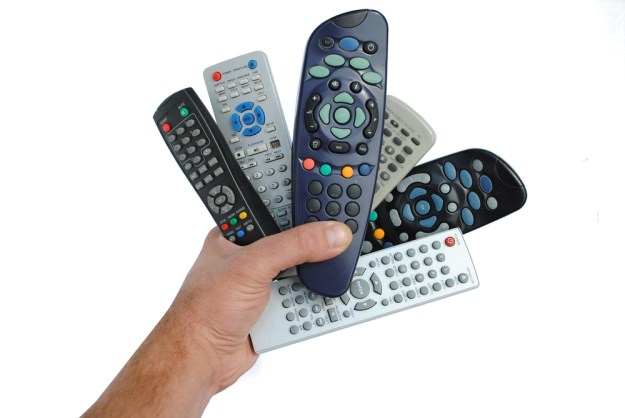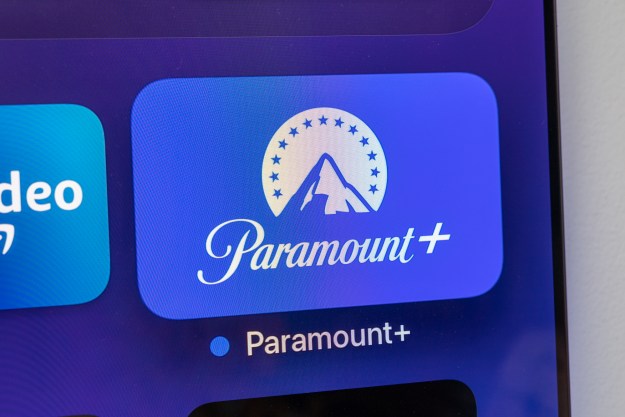 If ever there was a piece of technology that promised so much, yet failed so miserably, it is the universal remote. Year after year we were introduced to newer, more advanced remotes, each touted as the device that would end the angst we had endured for ages. Instead, these devices inevitably presented a new set of problems, along with further confirmation that it wasn’t the equipment, but the approach that was flawed.
If ever there was a piece of technology that promised so much, yet failed so miserably, it is the universal remote. Year after year we were introduced to newer, more advanced remotes, each touted as the device that would end the angst we had endured for ages. Instead, these devices inevitably presented a new set of problems, along with further confirmation that it wasn’t the equipment, but the approach that was flawed.
Unfortunately (animal lovers skip ahead a sentence), we all spent a lot of time beating a dead horse, but now that we’re well into the 21st century, can we please embrace some new ideas and leverage the kind of contemporary technology that has already proven it can make our lives easier? We’ll answer our own question: Yes. In fact, it has already started to happen.
In a 2007 article penned for The Independent, Techno-Guru and Neul Ltd CTO William Webb opined that by 2025, your phone will have become a “remote control for your life,” and we couldn’t agree more. In the future, we see all remote controls being consolidated into one option. Starters for cars, openers for garage doors, and adjusters for thermostats have already been digitized and miniaturized; and more devices will soon follow. Companies like Logitech will likely lose business, while the mobile industry will pick up the slack, and dedicated devices everywhere will struggle to justify their existence. All the while more and more power will be funneled into the palms of your hands, into your precious, into the one remote to rule them all.
But before we start staring deeply into our crystal ball, let’s take a look back at how the universal remote as we have known it has failed us and subsequently dug its own grave. Any device this influential deserves a proper obituary, right?
The Da Vinci Codes
The programmable universal remote was born in 1987, the brainchild of Ch 9, a startup founded by Steve Wozniak. With electronic devices and the remotes associated with them starting to pile up in people’s homes, it was designed to be a streamlined solution to control and, though it was a solution, streamlined is a strong word.
Universal remotes are preparing to ship out to the island of misfit toys, leaving coffee tables empty, save a few cute books and maybe some actual cups of joe.
Still, while it’s tough to deny that these remotes have been infuriating, they’re also of some convenience once the hand-wringing and curse-muttering is concluded. Because of that fact, the nuts and bolts of this original concept has persisted for over a decade. But then the Internet stepped in and delivered a whole new set of woes.
A (slightly) more harmonious alternative
Created in 2001, Logitech’s Harmony remote was one of the first devices of its kind to offer online set up and syncing. By interfacing with the Internet, Harmony made setup a bit easier, and as the technology advanced, owners could update its configuration, upgrade its firmware, save IR commands to its memory systems , create macros and use it all via touchscreen. Since it only made you want to tear half of your hair out, Harmony soon became the preeminent universal remote, and the product proved to be a windfall for Logitech.

The device was a step in the direction, but it still felt like a distinctly 20th century solution. To this day we hear people complaining about how frustrating their universal remote is, or that their friends won’t use their equipment when they visit because they’re afraid to screw it up. Perhaps that’s part of the reason that 2013 marked the end of the industry’s seminal universal remote. After a devastating Q3 of 2012, in which Logitech saw its remote sales decrease by 24 percent year-on-year, the company divested itself of the division, a sign that the entire product category’s days may be numbered.
Obsolescence
These days, universal remotes are preparing to ship out to the island of misfit toys, leaving coffee tables empty, save a few cute books and maybe some actual cups of joe. In the years ahead, their purpose will be better served by another class of device, one that most Americans carry in their pockets and one that is extending its tentacles in thousands of different directions, wreaking havoc on specialists everywhere.
Anything you can do …
In the modern world, apps have supplanted dedicated devices. Why own five products with five different purposes when you could own one product with five million purposes? Connected mobile devices with app functionality have forced plenty of competitors into obsolescence and the universal remote will soon lie somewhere on that laundry list.
Since a quarter of American adults now own a tablet, and nearly half (45 percent) have a Smartphone in their pockets, smart devices are fast becoming the most convenient option for most electronic tasks. It used to be that controlling all of your home theater equipment via phone or tablet required peripherals and plug ins; products like Pee, Harmony Link, and the L5 remote paired an app with IR-emitting hardware and were – for a time – the best options for consumers. Then the industry had an idea: What if we put the IR blaster IN the mobile device? Boom.
Today, tablets like the Sony Tablet S and the Galaxy Tab 7.0 Plus, and phones like the HTC One and the Sony Xperia ZL don’t 
Though the market hasn’t had much time to respond yet, it’s pretty clear to us that phones, tablets, and other mobile devices are bound to become the standard for media control. They are cheaper (since we own them already) and more convenient than the dedicated alternative, plus they support additional functionality. These devices put social media, reviews, trailers, stills, fun facts, interactive program guides AND a remote in your hand. Your average universal remote just can’t compete with that kind of power, and as consumers are provided with more and more IR-equipped hardware, its days will finally be numbered.
Editors' Recommendations
- The best universal remotes for 2023
- The $600 Neeo is a slick touchscreen remote for Control4 systems


